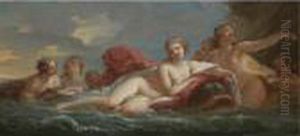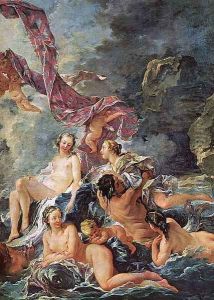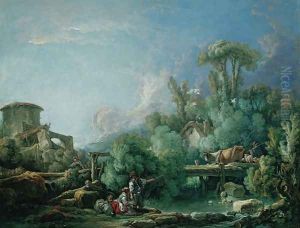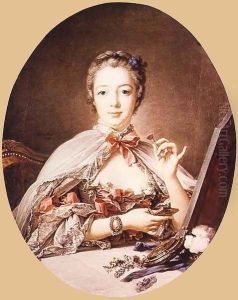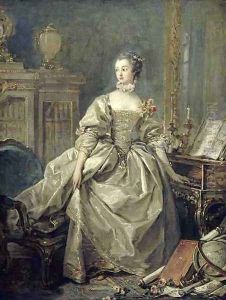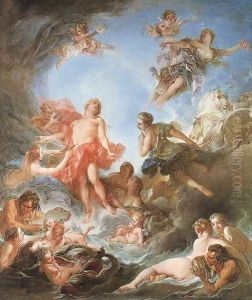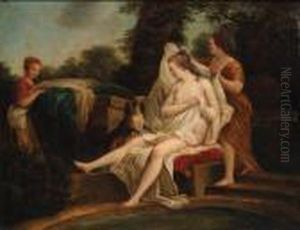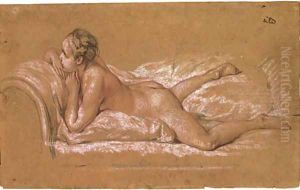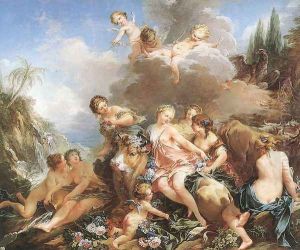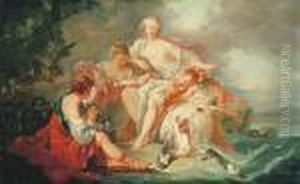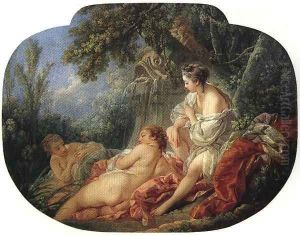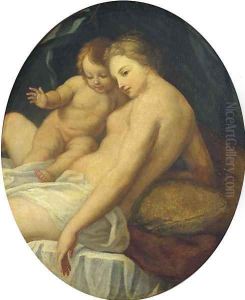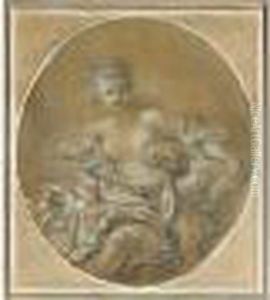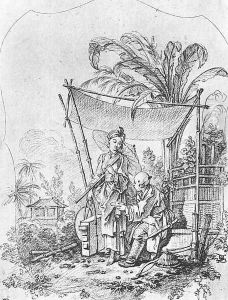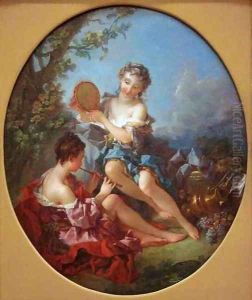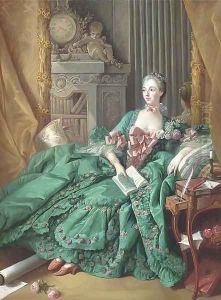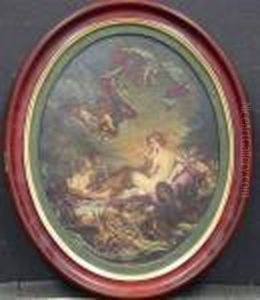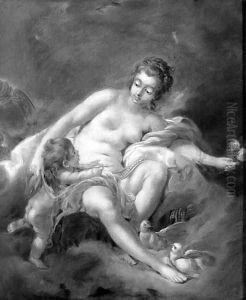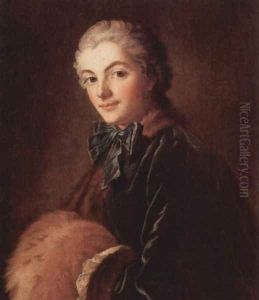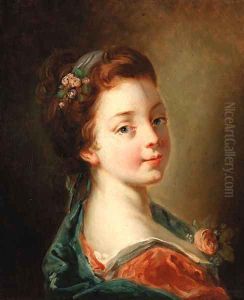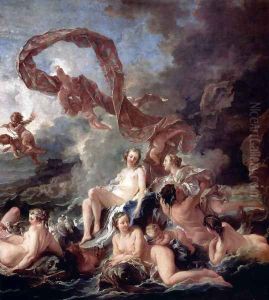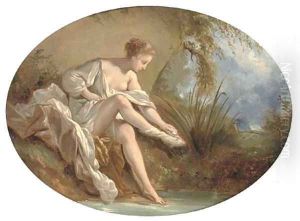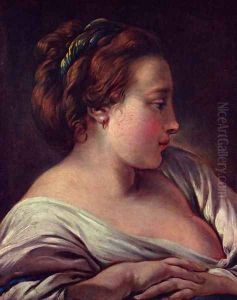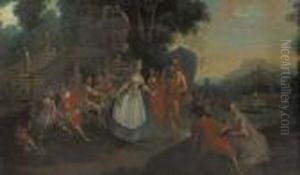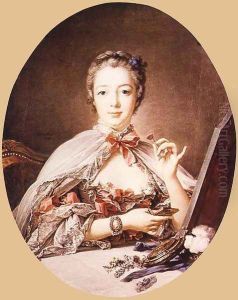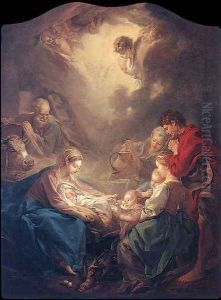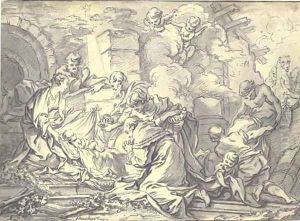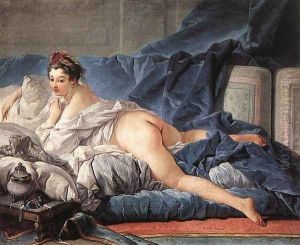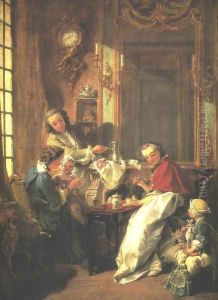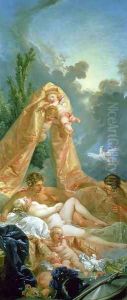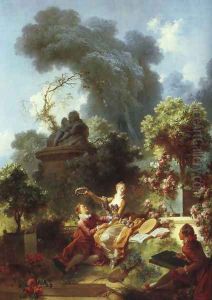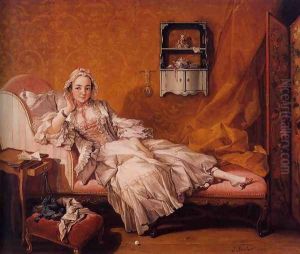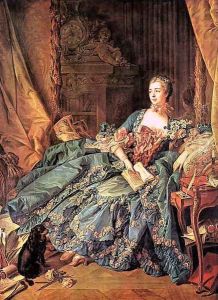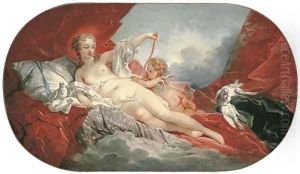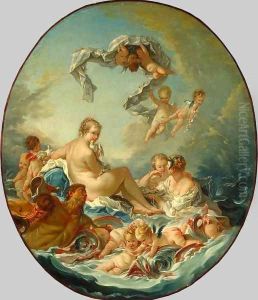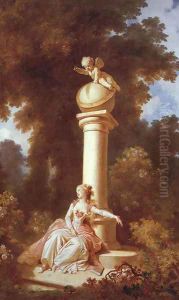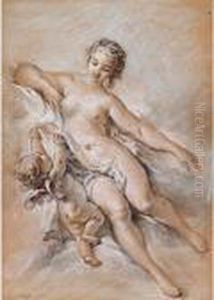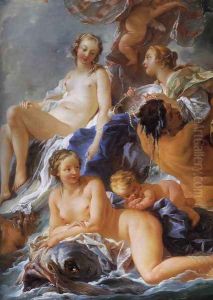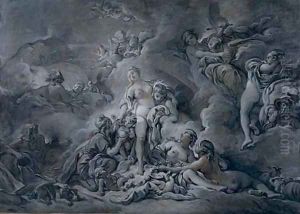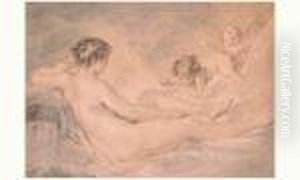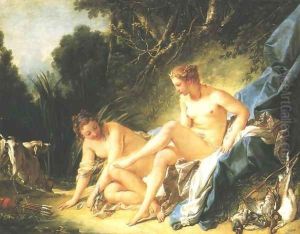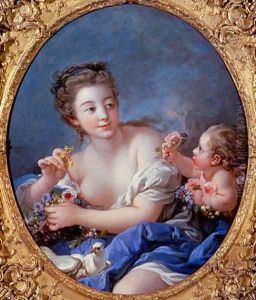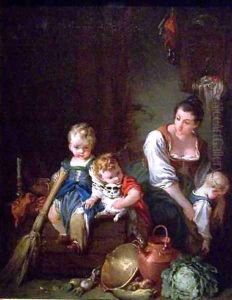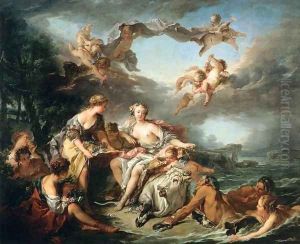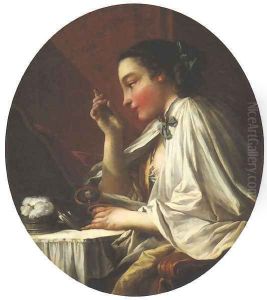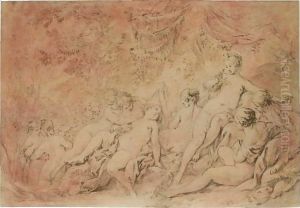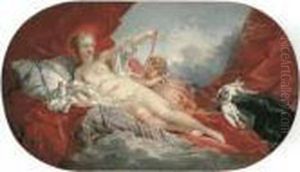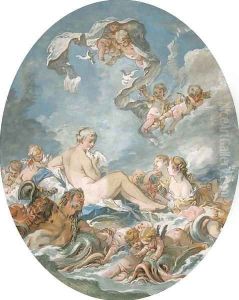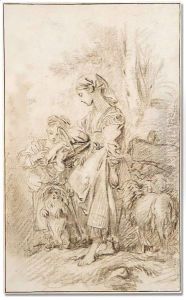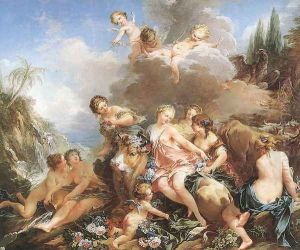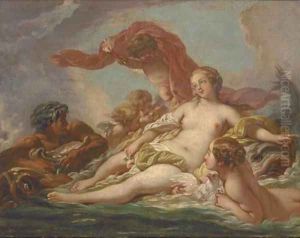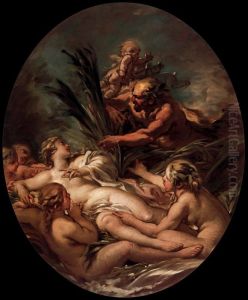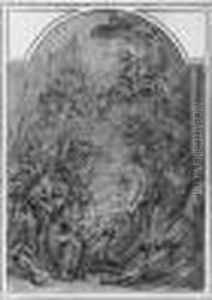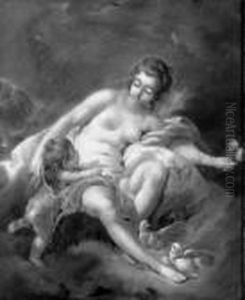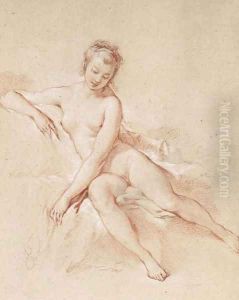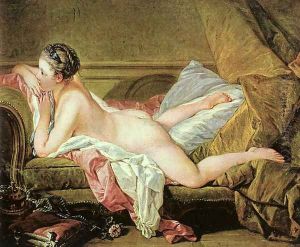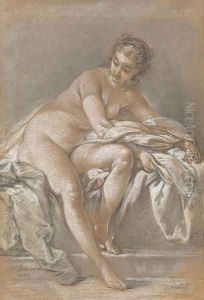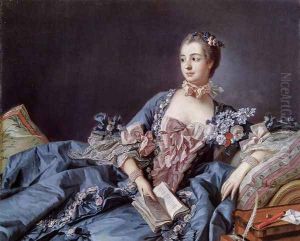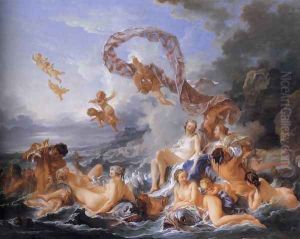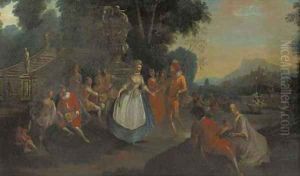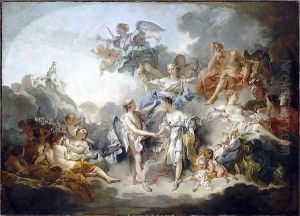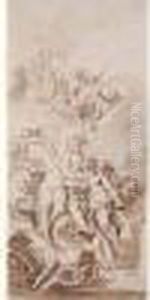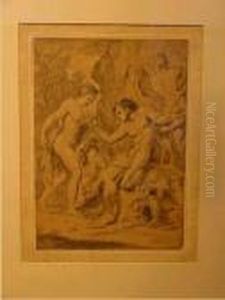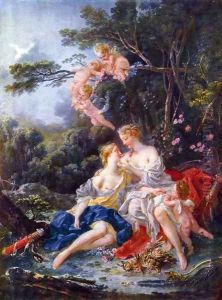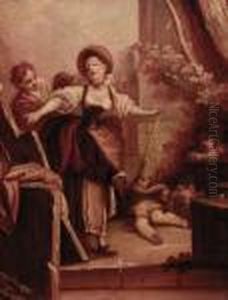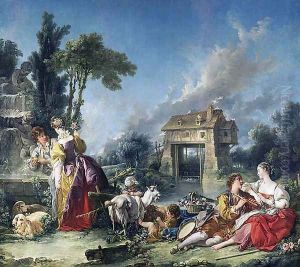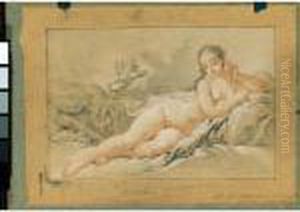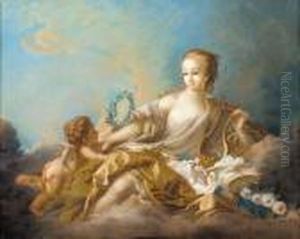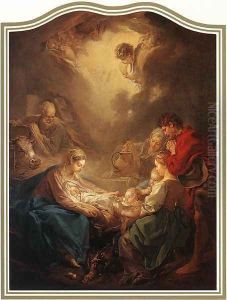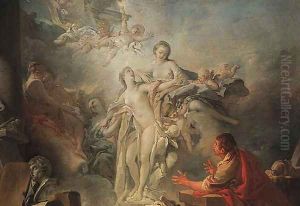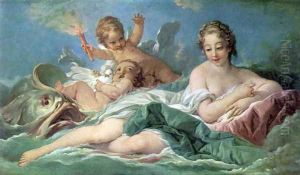Francois Boucher Paintings
Francois Boucher was a prominent French painter, draughtsman, and etcher, who worked in the Rococo style, which is characterized by lightness, elegance, and an exuberant use of curving natural forms in ornamentation. Boucher was born in Paris on September 29, 1703, to a family with a background in the arts. His father was a lesser-known painter, which provided Boucher with an artistic environment from an early age.
Boucher's talent was evident early on, and he was apprenticed by the age of 17 to François Lemoyne, a leading French painter at the time. However, after only three months, he went to work for the engraver Jean-François Cars. Boucher's early work was heavily influenced by the engraver’s craft, and he became very skilled at creating etchings and engravings. His mastery of drawing and his keen sense of design contributed greatly to his future works as a painter.
In 1723, Boucher won the prestigious Prix de Rome, a scholarship for art students to study in Rome. He studied there from 1727 to 1731, and his exposure to the works of Italian masters had a lasting impact on his approach to painting. Upon returning to Paris, he quickly gained popularity for his mythological scenes and became known for his sensuous and voluptuous paintings, which were particularly favored by the aristocracy of the time.
Boucher's work was not limited to paintings; he was also involved in tapestry design, theater set design, and the creation of decorative arts objects. His versatility and ability to adapt to various media and styles made him a favorite of Madame de Pompadour, the mistress of King Louis XV. Boucher's relationship with Madame de Pompadour was instrumental in his career, as she was an important patron of the arts and his connection to her provided him with numerous commissions.
In 1765, Boucher was appointed as the court painter to King Louis XV, a position which solidified his status as one of the most important and influential artists of his time. Despite his success, Boucher's work was later criticized for being too ornamental and superficial, and after the French Revolution, his style fell out of favor in contrast to the rise of Neoclassicism.
Boucher died in Paris on May 30, 1770. His legacy lives on as he left a significant impact on the world of art, influencing future generations of artists and helping to define the French Rococo movement. His works are now displayed in many of the world's most prestigious museums.
